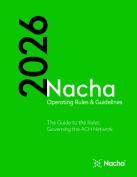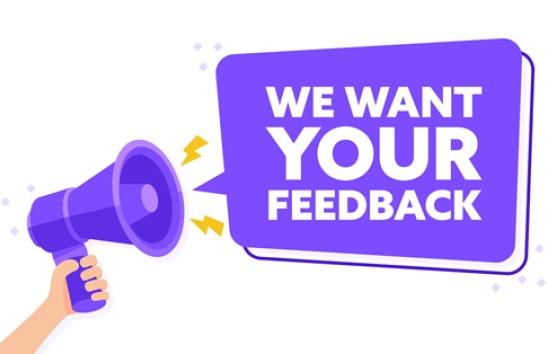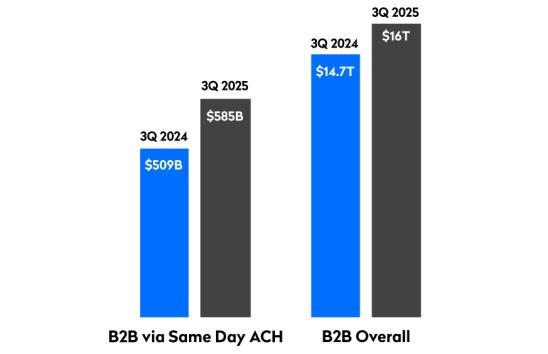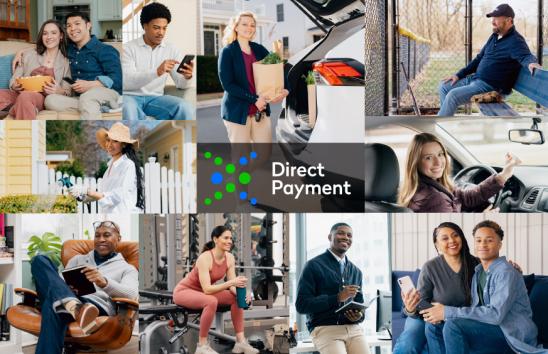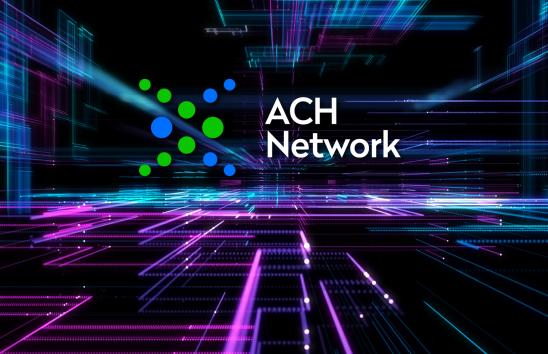Over 21 Years, a Massive Drop in B2B Check Payments, Study Finds

Business-to-business check payments have plummeted over the past two decades, new research shows.
In 2004, 81% of B2B payments involved paper checks, according to that year’s Association for Financial Professionals (AFP) Digital Payments Survey. Fast forward to the 2025 edition and that number is down to 26%, a new low.
“This continued decline can be attributed to the increase in digital payments innovations and concerns about payment transaction security,” the report, released Sept. 23, noted. “The convenience, safety and lower costs of digital payments are the main reasons driving the shift away from checks.”
Conversely, checks are now in the minority for incoming payments, with organizations reporting this year they account for just 25%. In 2004, 75% of B2B payment came in by check.
“As organizations move toward digital solutions for Accounts Payable, it is no surprise that Accounts Receivable is undergoing similar changes,” AFP said.
What’s holding back the stragglers? Among the reasons cited were the cost of converting from legacy technologies, the difficulty of onboarding smaller customers, and the simplicity and familiarity of check payments compared to accepting new processes and technologies.
“In 2025, every business should be familiar with, and comfortable using, the ACH Network to make and receive all B2B payments,” said Mike Herd, Nacha Executive Vice President, ACH Network Administration. “Checks are increasingly susceptible to fraud, especially when put through the mail. ACH payments are safe and convenient for businesses of all sizes.”
Nacha reported that from 2015 to 2024, overall B2B volume soared 155%, from 2.9 billion payments to 7.4 billion payments. The value of those payments climbed 105% from $28.3 trillion to $58.2 trillion. Same Day ACH has also seen tremendous growth since its 2016 inception.
The AFP survey, conducted every three years, also asked about familiarity with emerging digital payments. Tokenized purchases topped the list, with 34% of respondents indicating they’re familiar or very familiar. That was followed by cryptocurrencies (28%), blockchain technology (25%), central bank digital currencies (21%), and stablecoins (13%). Nacha recently posted two blogs about stablecoins: one looking at what they are and the role ACH has to play; the other focusing on why payments industry players need to pay attention.
The 2025 Association for Financial Professionals Digital Payments Survey is available from AFP.
